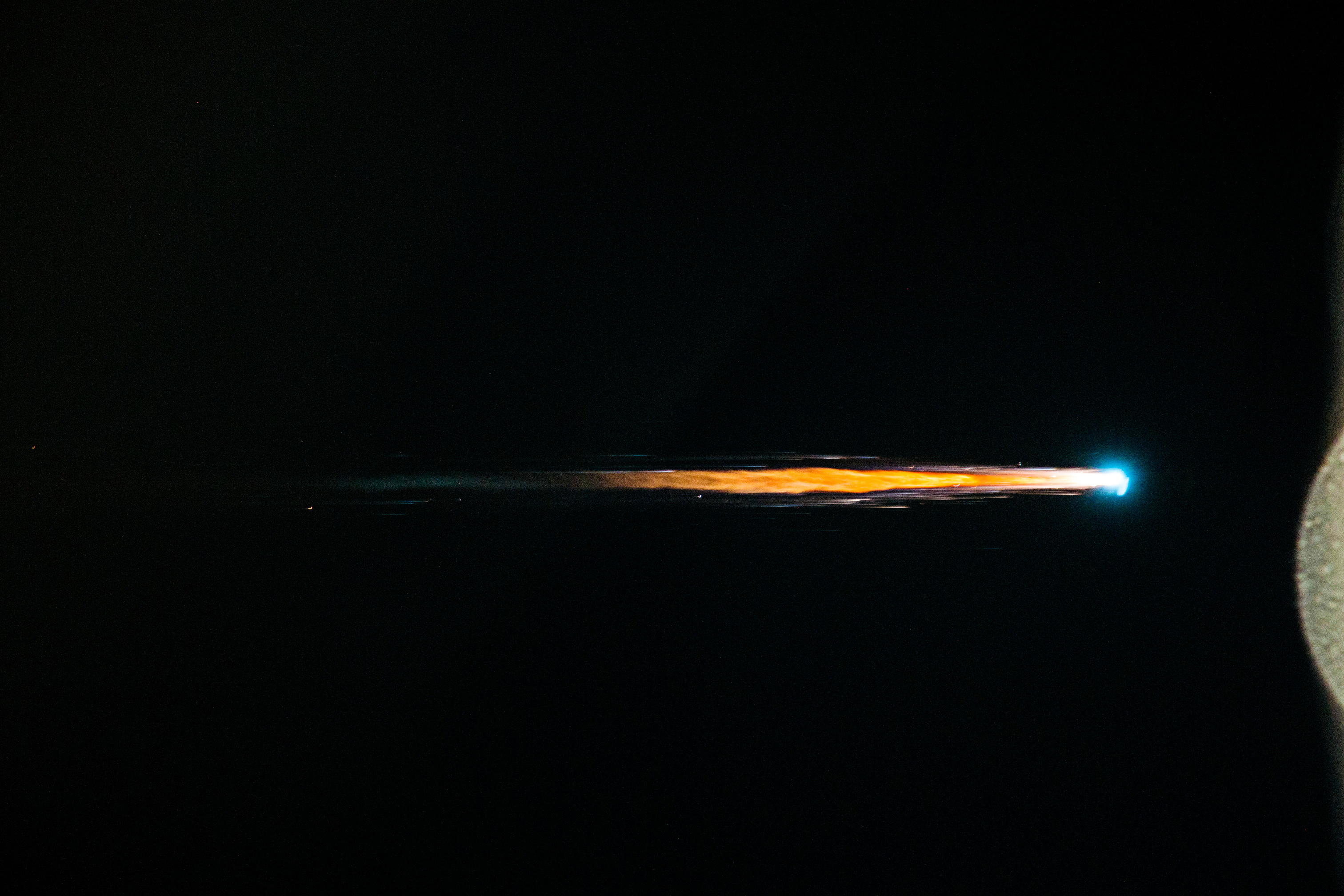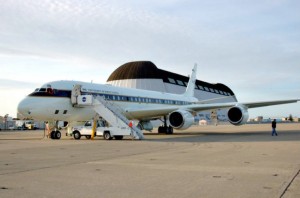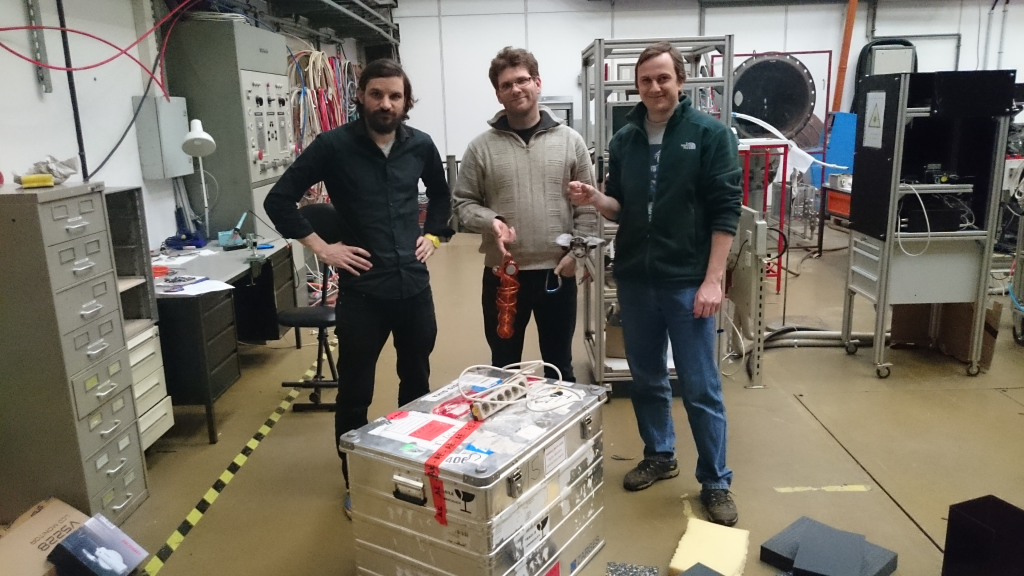The ATV vessels deliver, amongst many other valuable items, scientific equipment to the ISS. But that’s not their only value to orbital research. On 27 February, during the reentry of ATV-5, the cargo vessel will contribute a final ‘burst of science’ when its fiery break-up and destruction will be recorded by a team of researchers sponsored by ESA and NASA.
The Shallow Reentry Observation Campaign aims to observe reentry from a nearby DC-8 aircraft using a range of instruments in order to determine how ATV-5 breaks up as it passes through the Earth’s atmosphere in a shallow entry trajectory (more details on this shallow trajectory in a future post – Ed).
The observations will characterize the fragmentation sequence for debris footprint evaluation and study the behaviour of the spacecraft early during the descent, after loss of telemetry. This information is invaluable for validating and improving computer models, which will boost predictability during future satellite reentries and help improve spacecraft designs. In fact, on the ESA side, the activity is sponsored by the Agency’s Space Debris Office, located at ESOC.
The airborne observation data will later be correlated with data provided by the two breakup recording devices (ESA’s first-ever BUC and NASA’s REBR-W, an earlier version of which flew on previous ATVs and HTVs) that will be mounted inside ATV, as well as imagery recorded by the ISS crew.
Altogether, these efforts should make the ATV-5 reentry the most-closely watched and studied ever, not to mention the most valuable in terms of ‘science at the end’. (A similar campaign was conducted for ATV-1 back in 2008.)
We’ll update you later with more details on this fascinating campaign; for today, we’re delighted to share an update sent in by Stefan Loehle (from the University of Stuttgart), the European science team lead.
Here is some news, from our instrument packing today (26 Jan). This box will be picked up next Wednesday (4 February).
Today, the DC-8 crew officially started the airborne observation campaign with the first instrument uploads. Peter Jenniskens (from the SETI Institute and serving as the DC-8 Project Scientist) drove down to Palmdale with a lot of hardware coming from NASA Ames and SETI.
The experimenters are now starting to arrive one after the other.
My team and I we are flying in to California on 10 February, and will install our two instruments during 11-17 February.
The science team briefing is 18 February. From then on, the remaining time (before departure, to Tahiti, set for 24 Feb) will be used for calibration and test flight.
–Stefan





 Automated Transfer Vehicle page
Automated Transfer Vehicle page ATV blog archive
ATV blog archive
Discussion: no comments